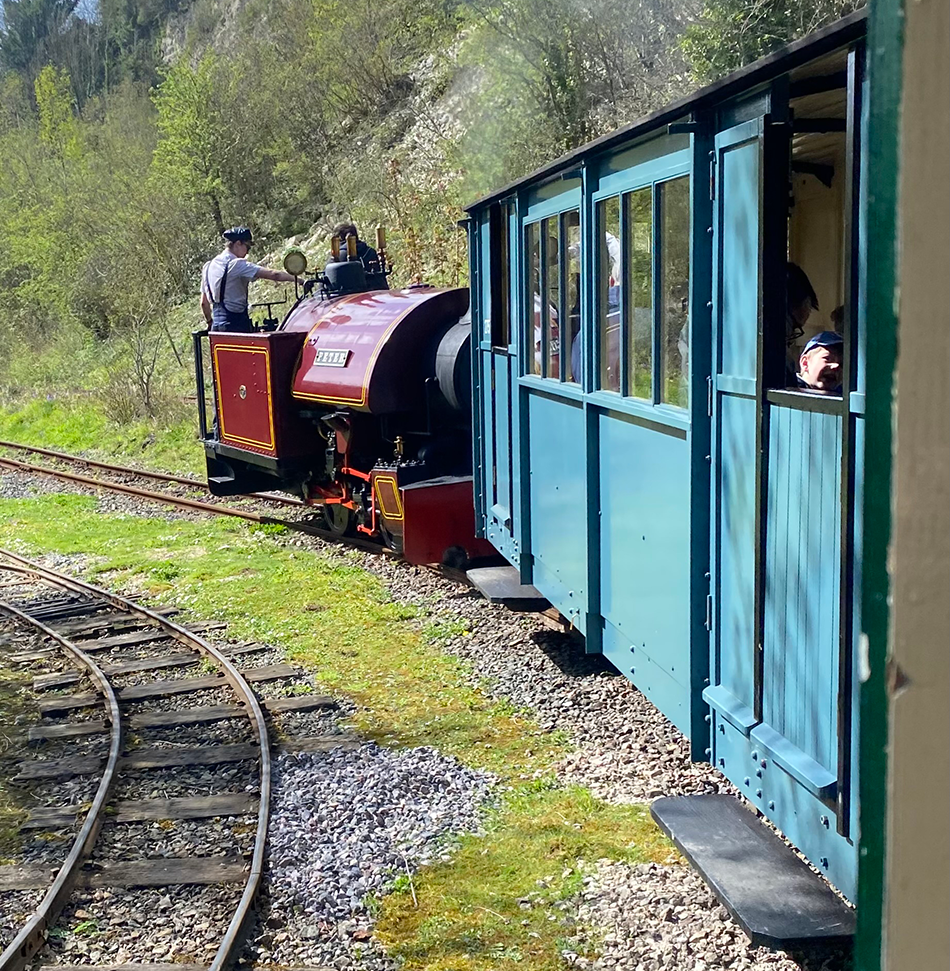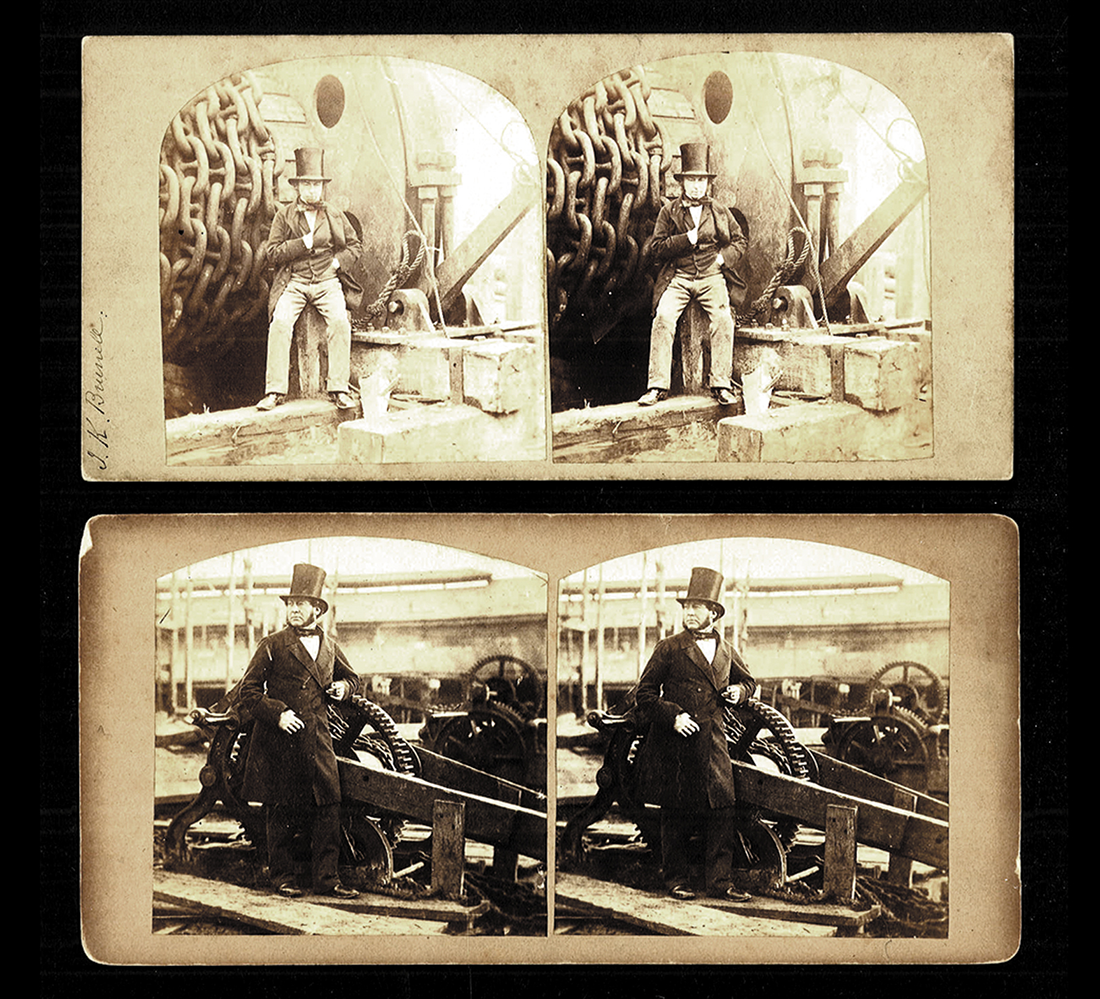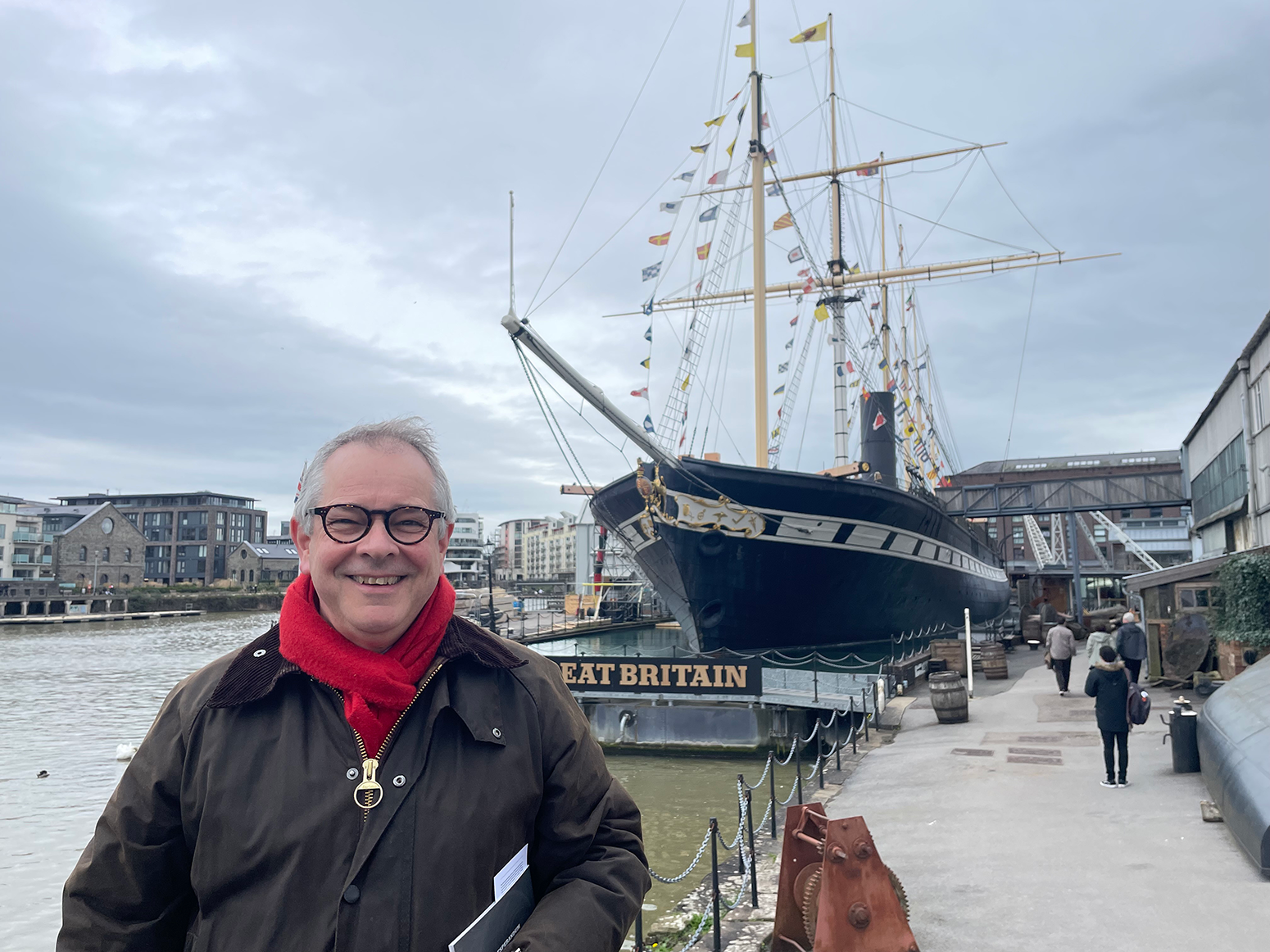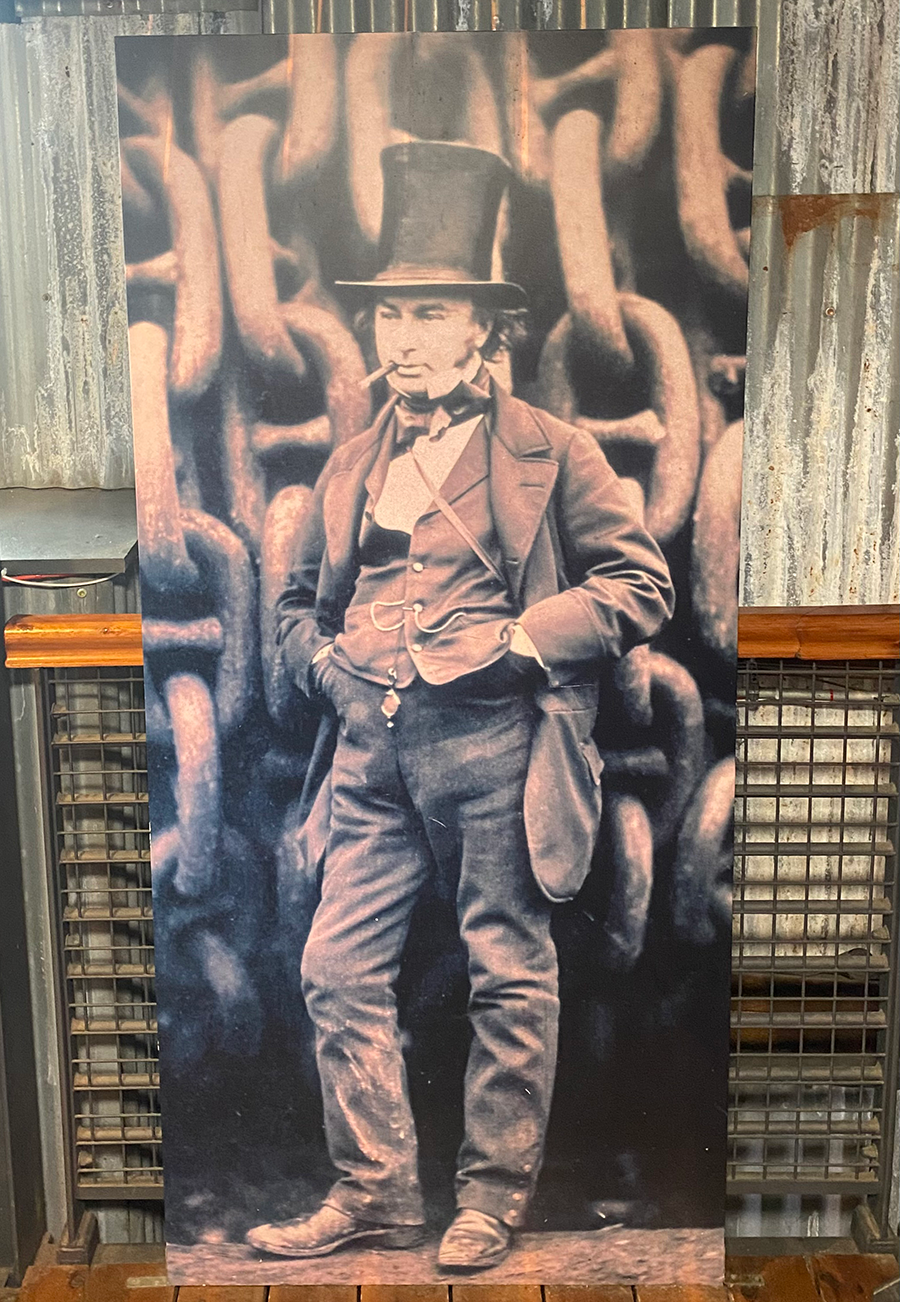
This week I am in the company of Sussex based engineer and racer, Neil Gough, reflecting on the excitement and drama of Goodwood’s 81st Motor Racing Member’s Meeting.
The SF Trophy is always popular with the crowds at Goodwood. These Edwardian racing cars and aero-engined specials from the early 20th century provide a sense of drama and occasion. They led the charge at Goodwood’s famous motor racing circuit. Neil Gough was once again racing his 1911 aero-engined Krit.
I was cheering Neil on throughout and as we start to talk about the race Neil can’t hide his delight. I ask him how his weekend at Goodwood went. In his quietly spoken understated way he grins and says “Quite a good day on Sunday, third, a good end to a perfect weekend.” The result is testament to his skills as a racing driver and as an engineer. The two cars that finished ahead of him, the Darraq and the Sunbeam, had three times the horsepower of his Krit and Neil was still in sight of them as the race finished.
I ask him about the Krit’s extraordinary aero engine, Neil replies “It’s a 9.4 litre V8 Curtiss aero engine from a First World War bi-plane. It develops 100bhp…just over 90mph on the Lavant straight. I’ve overhauled it but there’s always work in progress.”

With the Edwardians the drivers seem to sit on top of the cars. I ask Neil what it’s like to drive the Krit. He says “It’s a feeling of total exhilaration, you’re fighting it the whole time whilst going as fast as possible. You sit on the car, there are no seatbelts. The brakes are only on the rear. They’re operated by rods and cams, no hydraulics so you have to judge everything very carefully when you’re driving flat out. We all drive with absolute respect for one another when we’re racing.”
I ask Neil what it means to race at Goodwood’s world famous circuit, he says “Goodwood is like nothing else, the crème -de-la-crème. It’s such an honour to be invited to race at Goodwood. The best drivers, the best cars are all there. It’s a superb track, several of the bends have two apexes which makes it challenging and exciting.”
Based at Washington in West Sussex Neil Gough’s remarkable engineering skills are sought by traction engine and steam enthusiasts as well as vintage car owners and racers from all over the world.





